T1D Guide
T1D Strong News
Personal Stories
Resources
T1D Misdiagnosis
T1D Early Detection
Research/Clinical Trials
Using the Dexcom Stelo CGM with Type 2 Diabetes
Though CGMs were developed for people with type 1 diabetes, they are increasingly worn by those with type 2 diabetes. Dexcom’s Stelo, a recent advancement specifically designed for T2D, can be eye-opening and life-changing for individuals who require close blood sugar monitoring. Rachel Foster found switching to the Stelo transformative in her diabetes management.

Rachel Foster has lived with diabetes for over 20 years. She was diagnosed with type 2 diabetes (T2D) just before her 29th birthday — despite not presenting many of the common risk factors. Still, Rachel wasn’t very surprised, considering she has multiple family members with type 2.

Recently, Rachel tried using the first over-the-counter continuous glucose monitor (CGM) from Dexcom — the Stelo — and she says it has completely revolutionized her approach to managing diabetes.
First, how is a CGM different from finger sticks with a blood glucose monitor?
Sure, you’ve been pricking your fingers, and you don’t mind, but CGMs can do something finger sticks and test strips cannot.
A blood glucose meter (BGM) simply gives you your blood sugar level in one moment. Your blood sugar is always moving throughout the day, but a glucose meter can only give you one second’s worth of what’s happening.
In contrast, a CGM provides real-time data. It measures your blood sugar every five minutes and sends that number to a smartphone app. The app can also tell you whether your blood sugar is down, up, or relatively steady.
Yes, even non-diabetics can learn from a little bit of CGM data! CGMs help people recognize how their diet, sleep and stress affect their blood glucose levels.
This means you can also get a report on your overall blood sugar level and how often it is (or isn’t) in your target range throughout every single day. The fancy term for this is “time-in-range,” which refers to the percentage of the day your blood sugar is in your target range.
Rachel was ready for more data than what a simple finger prick and test strip could provide.

A New Perspective on Blood Sugar Management
Before starting on a CGM, Rachel checked her blood sugar using finger sticks and good old-fashioned test strips. She typically tested four times a day.
She had never needed insulin — ruling out any concerns of a type 2 diabetes misdiagnosis or LADA (latent autoimmune diabetes in adults) diagnosis.
“I’ve taken metformin since 2007,” explained Rachel. “And I started a GLP-1 medication in 2017. Every now and then, I think I can go off of it, and then I quickly realize how much it's doing for me and that I still need it. But I only take 0.5 milligrams, a subtherapeutic dose.”
Today, GLP-1 medications are making headlines for their impact on insulin resistance, type 2 diabetes, and weight loss. (Many people with type 1 diabetes have been using GLP-1 medications off-label, too.)
GLP-1 medications like semaglutide and tirzepatide work in a few ways:
- Reduce how much sugar your liver produces so you need less insulin
- Reduce your appetite and cravings so you eat fewer calories
- Increase your cells’ sensitivity to insulin so you need less insulin
- Delay how quickly you digest food, so you feel full longer
- Improve your overall metabolic system
While Rachel has had extensive relationships with people in the type 1 diabetes community, she didn’t realize for many years how limited the data was that she received from a blood glucose meter.
“When my A1c was going up to 8.0,” recalled Rachel, “I didn’t realize it because finger tests only gave me partial details.”
The spike in her A1c motivated her to try something different.
Paying out-of-pocket for the Stelo, Rachael said it completely changed her diabetes management and knowledge in just three months.
“It’s definitely given me a better understanding of the impact of food, exercise, and illness on my blood glucose levels,” explained Rachel. “And it definitely helps me see what happens when I am stressed out.”
“It’s had a big impact on my anxiety levels because I’m not constantly wondering where my blood sugar is — especially overnight,” said Rachel. This peace of mind has been a game-changer.
More Data = Big Lessons
In the first few weeks of using her CGM, Rachel admitted she was a little obsessed with the data, checking the app constantly. With so much new information and insight, it was hard not to fuss over every fluctuation.
“I had to watch myself and not let the anxiety of monitoring my numbers cause my blood sugar to rise,” she recalled. Within just a few weeks, she got used to seeing so much information about the impact of every meal and moment on her blood sugar.
Then, she could start experimenting and studying specific foods.
Her experimentation with different foods and activities yielded eye-opening insights. For example:
- Bananas: She learned that bananas caused significant spikes in her blood sugar unless she ate them with protein, like yogurt.
- Bread and Potatoes: She learned that potatoes spiked her blood sugar dramatically, with or without additional protein, to slow down the digestion of the starch.
- Quesadillas: Despite her guilt about eating them, her CGM revealed that high-quality tortillas didn’t spike her blood sugar as much as she had feared.

Also, she gained a deeper appreciation for exercise, too. “In general, I know my blood sugar is lower when I’m exercising consistently,” explained Rachel. “But just like they say, my blood sugar rises a little bit with strength training, and then it comes down.”
Between the CGM data and the GLP-1 medications, she said it’s easier to manage her sweet tooth, too.
Managing Stress and Illness
We’ve all heard that stress affects your blood sugar, but it’s easy to dismiss until you actually see it flashing at you on a CGM. Now, Rachel has seen it. And that data motivated her to manage her stress levels more thoughtfully. “I’ve actually been able to apply what I’ve learned in my psychotherapy sessions to calm myself down, and it actually works,” said Rachel.

The Stigma of Diabetes Tech? No Problem
“I’ve been wearing a hormonal patch for a while, so I was used to having something on my skin,” explained Rachel, acknowledging a potential deterrent for some people. “I’ve been only using it for a few months, and my skin is pretty sensitive, but so far I haven’t had any major issues.”
Rachel admitted to feeling a little self-conscious about wearing it in public, but many of her friends know she has diabetes. Now, she considers it a good conversation starter because it encourages others to open up about their health challenges and goals.
“I have a couple of friends with polycystic ovarian syndrome (PCOS) who are thinking about going on it now.”
It also eased her anxiety during her first colonoscopy. Rachel kept an eye on her blood sugar data during the prep, procedure, and recovery process.
“As soon as the procedure was over,” she remembered, “I could see my blood sugar was hovering low, but having the CGM data gave me peace of mind.”








.webp)
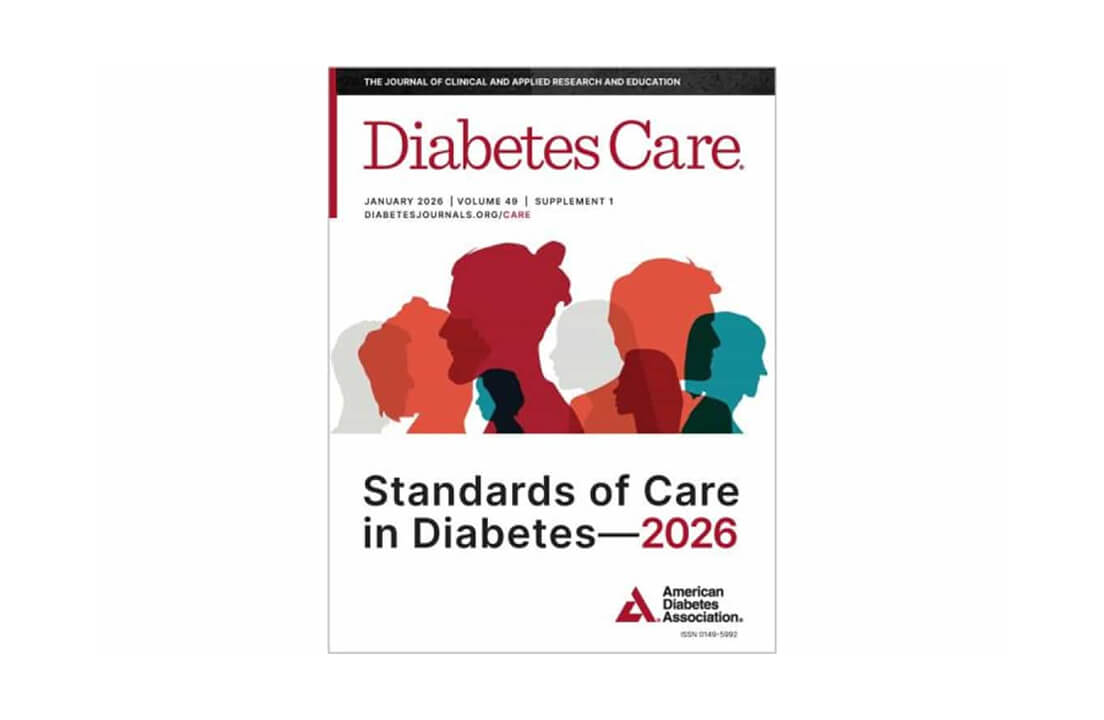
.webp)
.jpg)

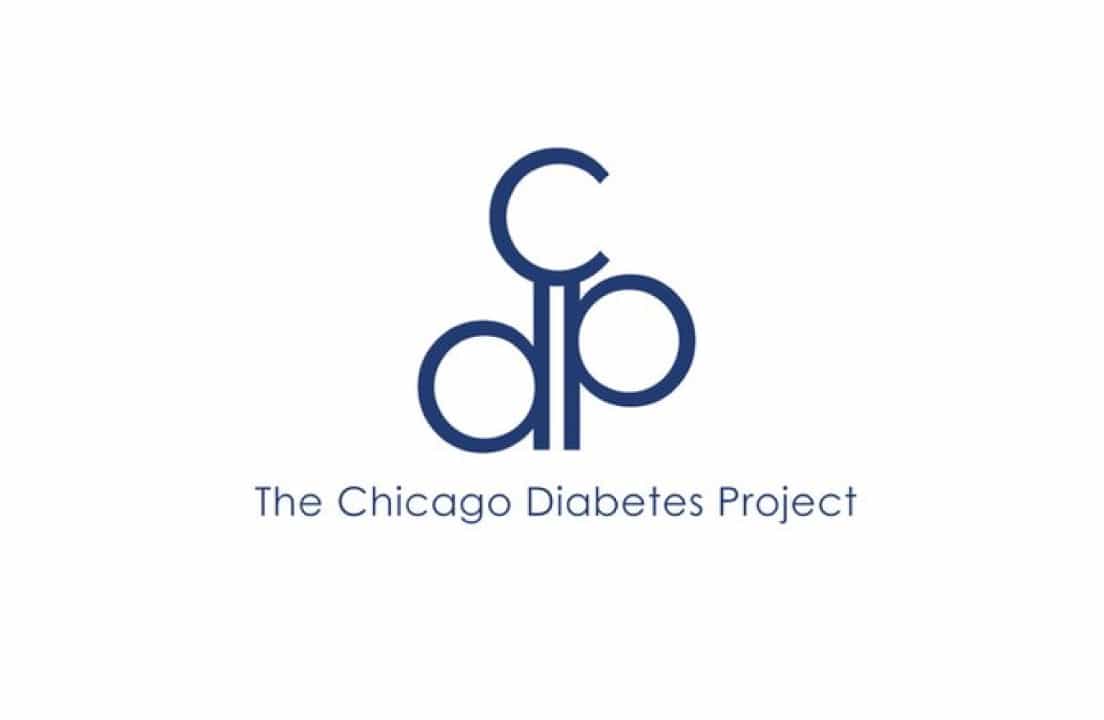
.jpg)

.jpg)
.jpeg)
.jpg)


.jpg)

.jpg)
.jpg)

.jpg)


.jpg)

.jpg)

.jpg)





.jpg)
.jpg)
.jpg)
.jpg)

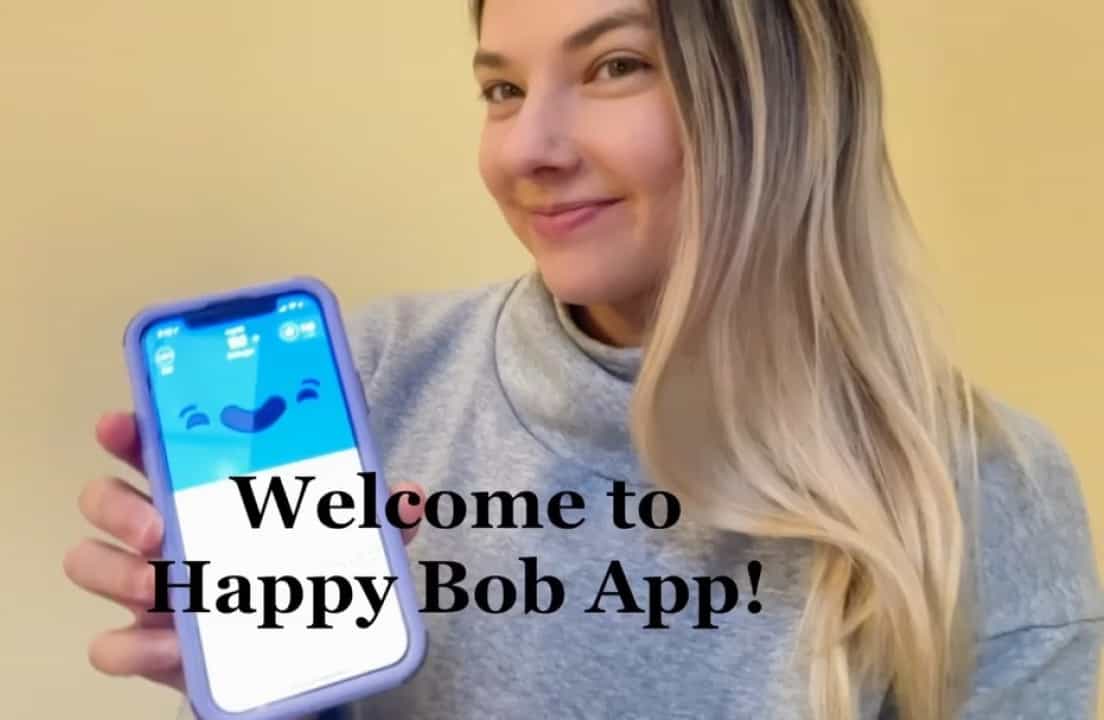
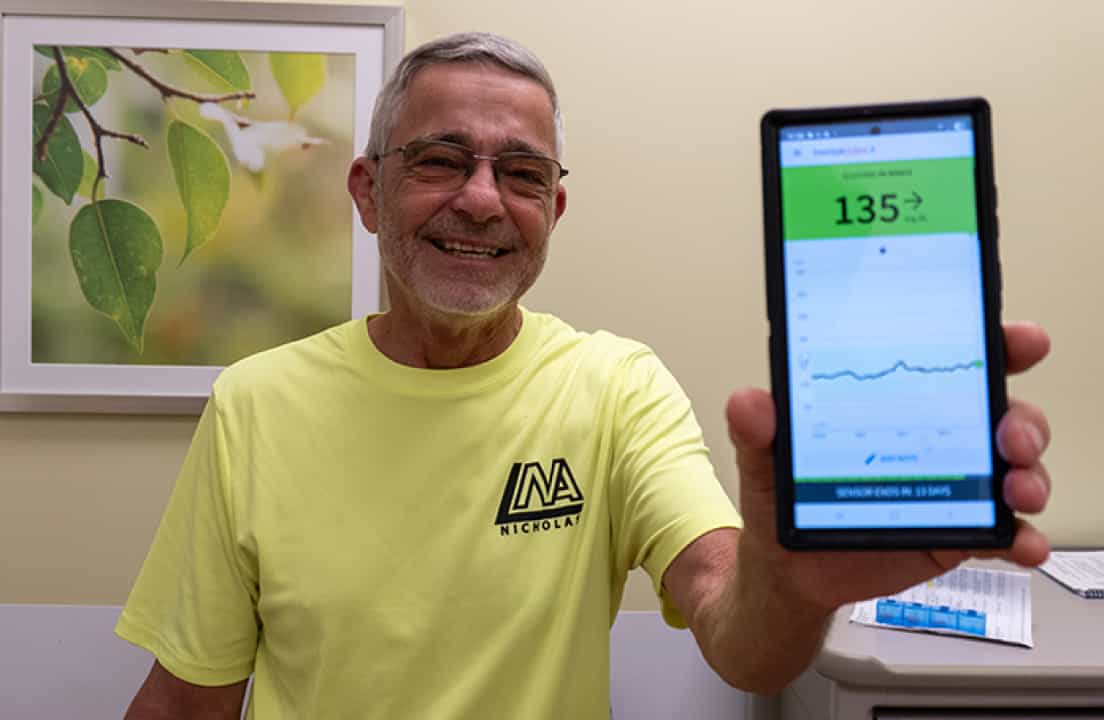

.jpg)
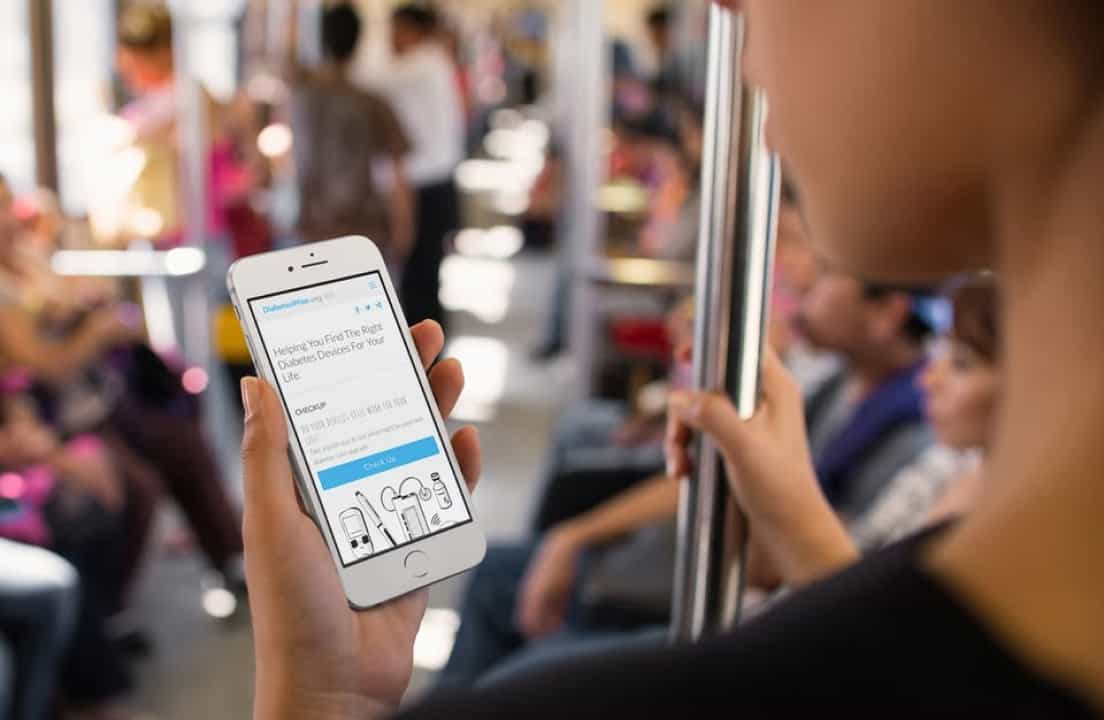
.jpg)
.jpg)
.jpg)
.jpg)
.jpg)



.jpg)

.jpg)
.jpg)
.jpg)
.jpg)
.jpg)
.jpg)
.jpg)
.jpg)

.jpg)
.jpg)
.jpg)
.jpg)
.jpg)
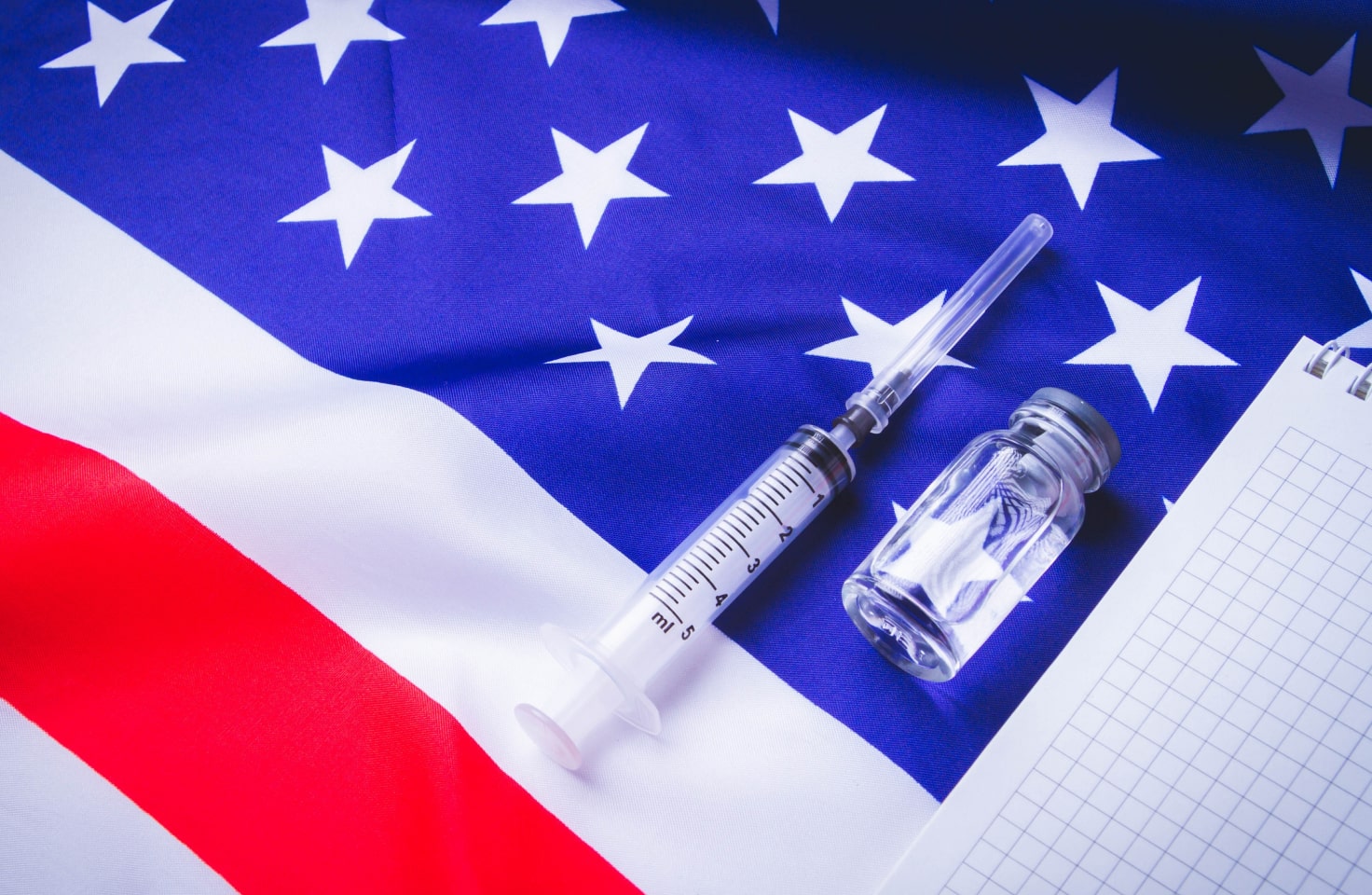
.jpg)
.jpg)
.jpg)


.jpg)

.jpg)
.jpg)
.jpg)
.jpg)
.jpg)

.jpg)
.jpg)



.jpg)
.jpg)
.jpg)

.jpg)
.jpg)























.webp)